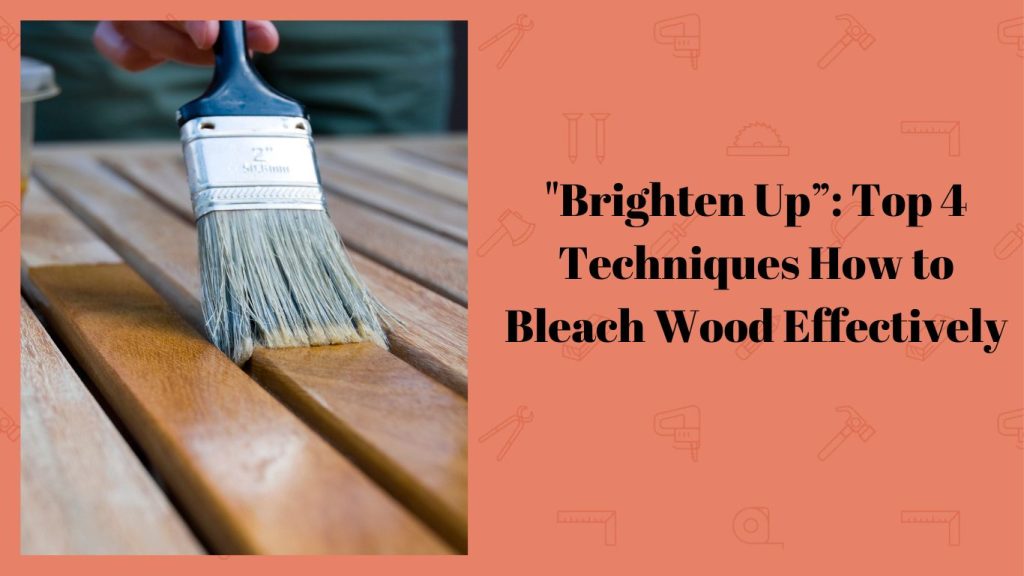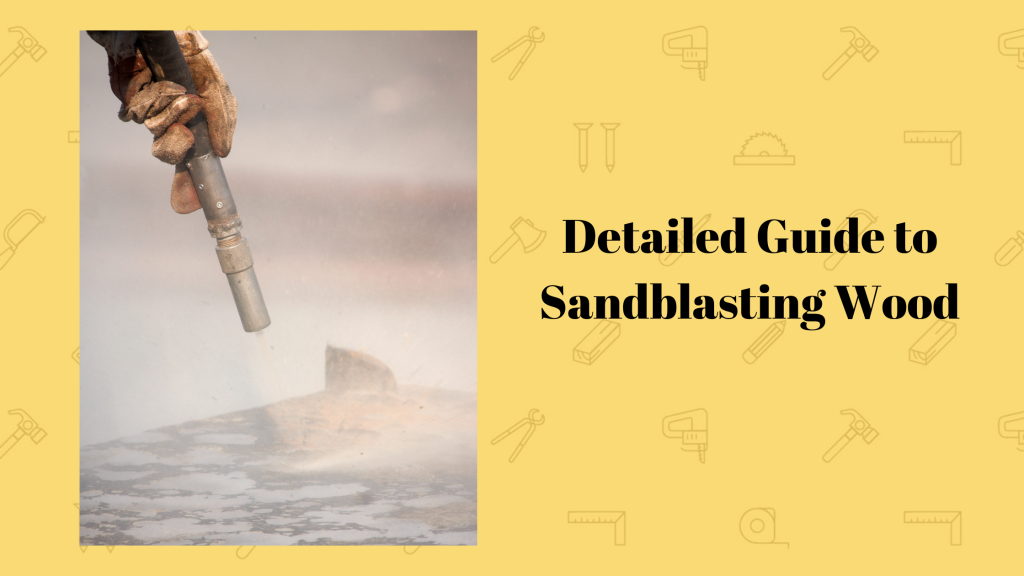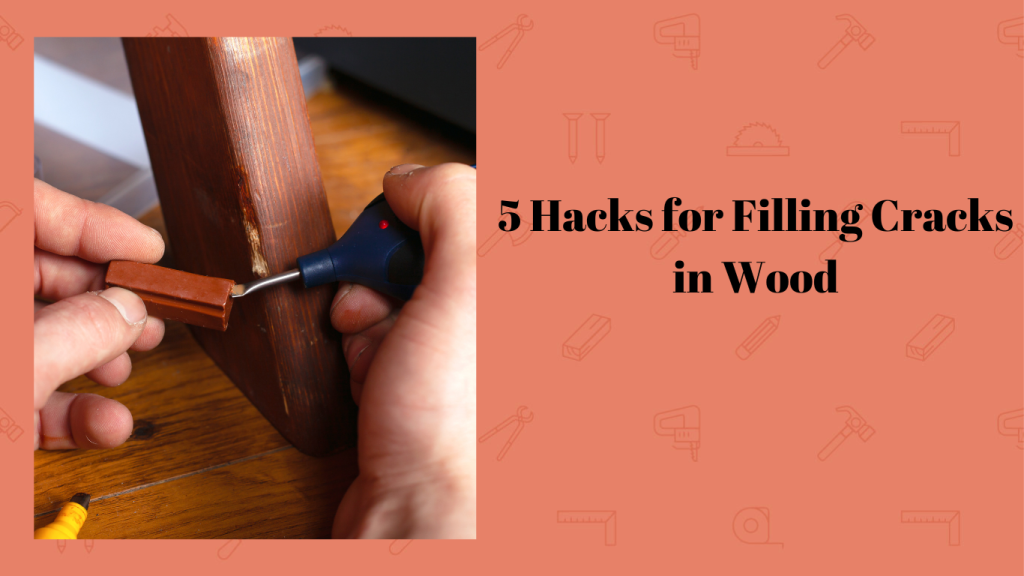Knowing how to bleach wood is a sure way to level up your woodcraft this year. It gives life to furniture cast-offs, prepares wood for staining, and distresses woodwork beautifully.
I’ve handcrafted wood for over two decades, stripping and staining my pieces as I try every design in the handbook. This also means I’ve had to bleach water spots, stains, and black rings, not to mention the occasional stained maple wood dresser. So, I naturally mastered some expert techniques for bleaching wood with easily sourced tools.
With help from my woodworking journal, I’ll show you how to bleach furniture with four easy methods. I’ve also highlighted the different woods that take bleach the best so you can make an informed decision for your next project.
How to Bleach Wood Perfectly in 4 Easy Methods
1. A/B Wood Bleach
A/B wood bleach is a two-part system for whitening wood tones easily at home. Like two-part wood epoxies, I mix equal parts of the substances in a plastic bowl, taking care only to mix enough for immediate use. Then, I use an old brush to coat the surface evenly before letting it sit for 15 minutes.
Next, I apply another layer of the same solution, but this time I let it sit for 8 hours before rinsing it with clean water and a sponge. I always wear gloves and eye protection here, this stuff is highly caustic.
My favorite thing about this method is how it strips color without damaging the grain. So, I’m always left with a natural surface ready to be stained. It stripped the brown from my daughter’s oak vanity table, and it was certainly the best way to bleach wood.

2. Hydrogen Peroxide and Lye
Hydrogen peroxide and lye combine to form sodium peroxide, a powerful cleaning and wood-lightening agent. Firstly, I make a lye solution by mixing two tablespoons with two cups of room-temperature water and setting it aside. Then, I soak a foam brush in the hydrogen peroxide and slather it on the wood surface.
Next, I coat the surface with my lye solution till I have an even coat before letting it dry completely. I’m not usually satisfied with a single session, because (more often than not) I’m left with blotches after the first rinse. But, after repeating the process and sanding, the wood is perfectly bleached.
3. Household Bleach
While household bleach isn’t marketed for wood, it does a decent job of lightening wood. When regular (non-splashless) bleach meets good ol’ fashion sunlight, it strips color without altering the wood’s natural color.
I use an old brush to wipe undiluted bleach onto the wood and set it under direct sunlight. This is a more gradual process than other methods, so I repeat the process 4-5 times before achieving my perfect tone. Then, I neutralize the bleaching action with a white vinegar and water solution, or else it continues to lighten.
4. Oxalic Acid
Oxalic acid strips stain and rust from wood like nobody’s business. I mix it with hot water and slather it onto the wood surface with a brush, then I rinse and reapply till I have the perfect tone. I use this 2-pound Oxalic Acid bag and find it particularly handy when bleaching pine wood because it is prone to heat stains and dents.

Best Types of Wood to Bleach
Light-grained woods with cool undertones take bleach the best. So, we’re talking white oak, pine, ash, and birch. Mahogany, red cedar, and red oak have warm undertones that don’t budge easily under bleach, so they usually require several sessions.
Stripped Down
If you work with any woodwork, it is essential to know how to bleach wood. It’ll help you repurpose your pieces into different designs and concepts, at home and by yourself.
Heat stains are also pesky oddities that bother my kitchen cabinets, but it can be inconvenient to bleach furniture over a couple of (very annoying) stains. So, I’ve created a guide to teach you 17 different ways to remove heat stains from wood pronto!
Frequently Asked Questions
What’s The Best Way to Bleach Wood?
Two-part wood bleach (A/B bleach) is the most effective and aggressive solution for lightening wood. It is also less manual since one coat usually suffices. However, hydrogen peroxide or household bleach is better for quickly and lightly stripping wood stains.
How Long Does it Take Bleach to Lighten Wood?
Bleaching wood can take anywhere from 2-8 hours depending on the type of bleach. For instance, A/B wood bleach takes 8 hours to fully strip the wood, and the results are usually satisfactory after the first session. However, household bleach takes several 2-hour sessions to yield the same results.
Does Bleach Damage Wood?
Bleach destroys lignin, a wood component that strengthens the cell walls and makes wood resistant. So, unsupervised bleaching will shift the wood’s pH and damage its cellular structure, weakening it and spoiling its color. Bleach is also strong enough to corrode nails and screws, so it is crucial to remove metal fittings before lightening wood with bleach.
Will Hydrogen Peroxide Bleach Wood?
Hydrogen peroxide bleaches wood when combined with lye or ammonia water. With lye, start by coating the surface with hydrogen peroxide and layering it with a lye-water solution. With ammonia, however, start by brushing the ammonia water on the surface and adding the hydroxide peroxide when the former has fully permeated the wood.
*This post may contain affiliate links. Please see my disclosure to learn more.



